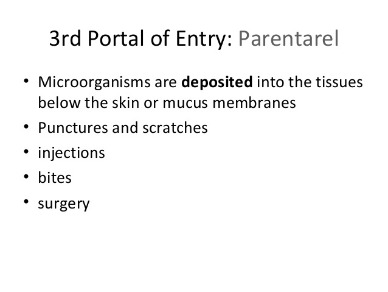Sepsis
Pathogens go away the physique of an contaminated host through numerous portals of exit to contaminate new hosts. List three situations that would result in a secondary an infection. Since these lesions are not websites of preliminary an infection, they’re indicators of a systemic infection. is decided by the organism’s environmental adaptions and by the enzymes and toxins they secrete.
A) give new gene sequences to the host micro organism. D) the dose that will cause an an infection in some of the test population. B) the dose that may trigger an an infection in 50 % of the test population. Antimicrobial actions wanted for growing the effectiveness of antibacterial remedy in sepsis are summarized in Table3.
Siderophore Manufacturing And Transport In Pathogenic Fungi
Capsule formation has long been recognized as a protecting mechanism for micro organism (see Ch. 2). Encapsulated strains of many bacteria (e.g., pneumococci) are extra virulent and more resistant to phagocytosis and intracellular killing than are nonencapsulated strains. Organisms that trigger bacteremia (e.g., Pseudomonas) are much less delicate than many other micro organism to killing by contemporary human serum containing complement parts, and consequently are known as serum resistant.

To prevent an infection, stringent cleaning of the catheter insertion web site is advised. Povidone-iodine answer is usually used for such cleaning, but chlorhexidine is twice as efficient as iodine . Routine alternative of traces makes no difference in stopping infection .
Particular Virulence Factors
can lead to a high concentration of glucose in the saliva, which provides an optimal environment for the expansion of Candida, leading to thrush. Immunodeficiencies corresponding to these seen in sufferers with HIV, AIDS, and most cancers additionally lead to higher incidence of thrush. Vaginal yeast infections can result from decreases in estrogen levels in the course of the menstruation or menopause. The quantity of glycogen obtainable to lactobacilli in the vagina is controlled by levels of estrogen; when estrogen levels are low, lactobacilli produce less lactic acid.